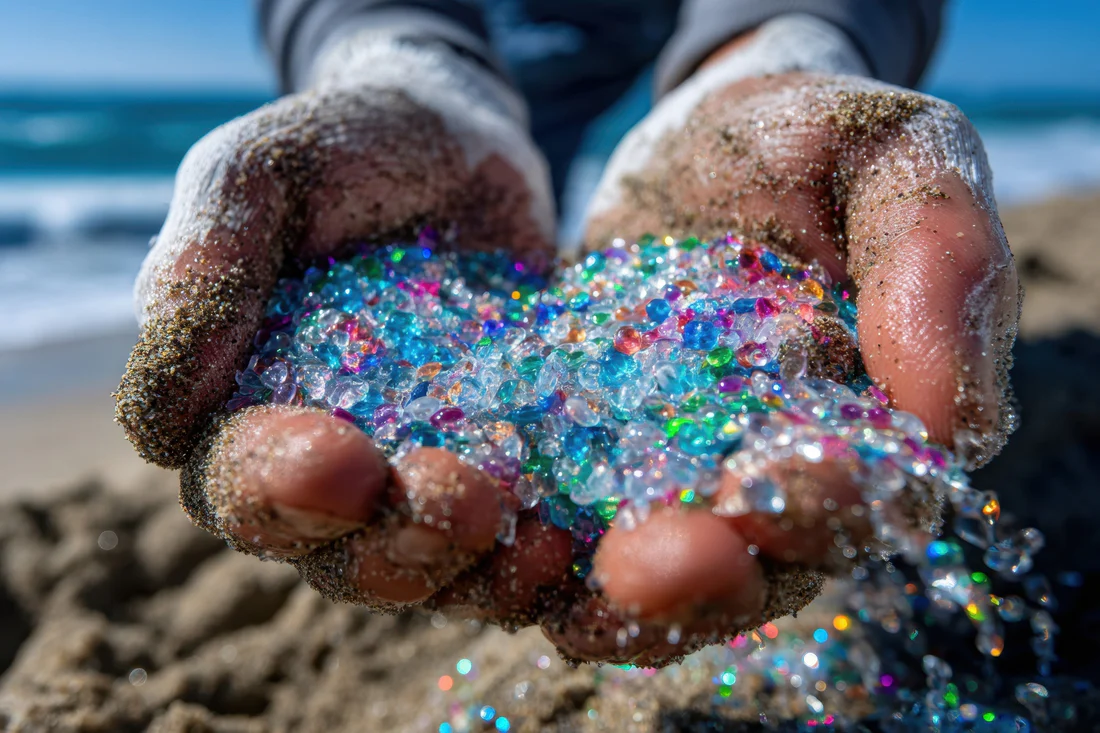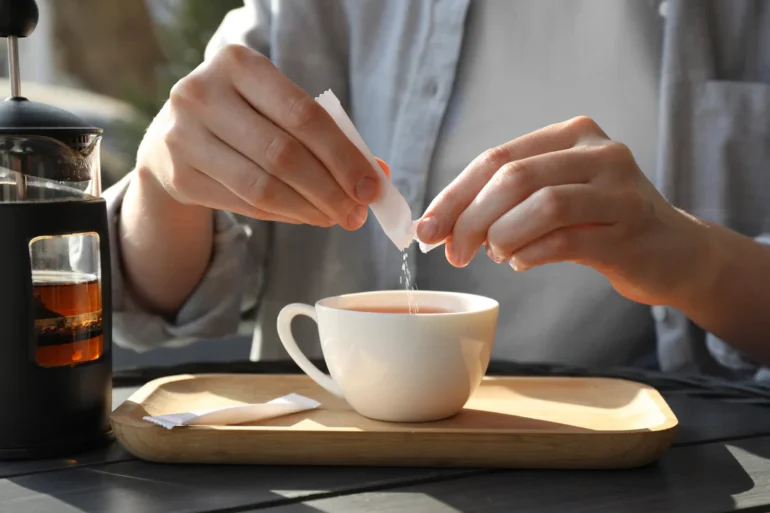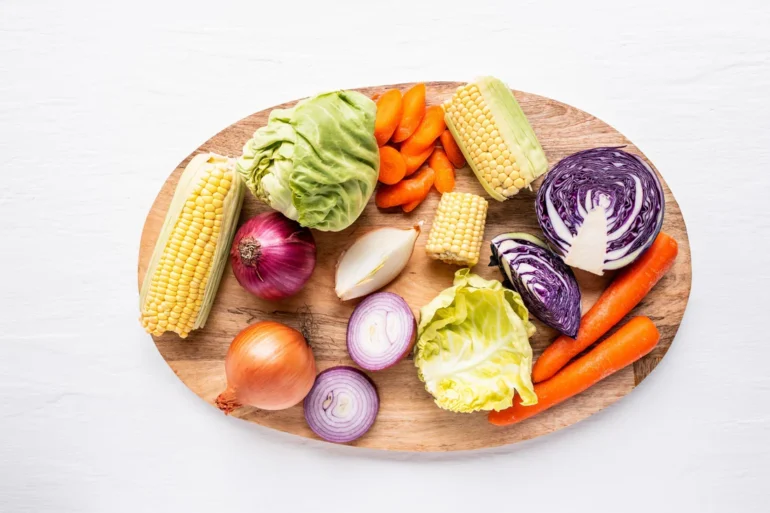Listeners:
Top listeners:
00:00
00:00
volume_up
chevron_left
-
 play_arrow
play_arrow
Radio Today Radio Today
-
 play_arrow
play_arrow
Rocking Today Rocking Today on Radio Today
-
play_arrow
Rebel Rock Radio Hard Rock on Radio Today
-
 play_arrow
play_arrow
Evening News Mike Stroud
-
 play_arrow
play_arrow
Evening News Mike Stroud

share
close
Microplastics in the brain: How can we avoid exposure?
Written by Tim Newman
Plastic does not biodegrade. Instead, it slowly breaks down into ever-smaller pieces. Microplastics, as the name suggests, are the microscopic debris that packaging will eventually become. Because of the way in which plastic gradually breaks down, microplastics come in a wide range of sizes. This means that they are the right size for every animal on Earth to swallow or breathe in. Because of this variety in size and their sheer ubiquity, they are present in every food chain and on every dinner plate in the land.
According to the authors of a review on the topic: “Emissions of microplastics to the environment are estimated to be between 10 and 40 million tonnes per year, and under business-as-usual scenarios, this amount could double by 2040.” Research into microplastics is still in its infancy, but already, scientists are unearthing worrying links. For instance, there is some evidence that microplastics in blood might negatively impact heart health. Other scientists have also found microplastics in lungs and evidence that they might impact fertility and the gut microbiome. Similarly, a study published this year found more microplastics in human brains than in any other organ. It also showed that people who died in 2024 had, on average, 50% more microplastics in their brains than people who died just 8 years earlier. Clearly, this is a growing issue.
5 ways to reduce exposure
1. Water: Bottled, tap, and boiled
A study in the journal Environmental Science and Technology concludes that switching from bottled water to tap water could reduce intake of microplastics from 90,000 each year to 4,000. While that is a sizable reduction, it is worth bearing in mind that these calculations compare someone who only drinks bottled water with someone who only drinks tap water. Most people are likely to be somewhere in between these two scenarios. In the same study, bottled water was the second greatest source of microplastics. In first place, was the air that we breathe — not something we can easily avoid — and seafood was in third position. According to the authors, these three “accounted for the large majority of microplastic intake.”
In another study, scientists identified a relatively simple, although time- consuming method of reducing microplastics in water. They showed that boiling water then pouring it through a coffee filter could remove up to 90% of the microplastics.
2. Are teabags safe?
Historically, teabags were made of paper. Today, as with so much else, they may contain plastics. A 2019 study, also in Environmental Science and Technology, investigated whether teabags would shed plastic into the final beverage. When they steeped a single teabag in 95 °C water, it released well over 14 billion microplastics into the final drink. So, for people who enjoy tea, it might be worth searching for manufacturers who produce teabags without plastic or switching to loose-leaf teas and a good old-fashioned tea strainer.
“Materials used to create certain teabags, including PLA [polylactic acid], nylon, and PET [polyethylene terephthalate], have been assessed by
the FDA [Food and Drug Administration] and other respected, independent agencies around the world for their safe use under various conditions of hot food and beverage contact applications,” they told us. The Tea Association of the U.S.A. wanted to reassure all U.S. consumers that tea coming in teabags is safe to prepare, according to official statements.
3. How to reduce exposure around the home
MNT contacted Aidan Charron, associate director at Global Earth Day, who organise the yearly Earth Day event. “It is inside our homes that we are the most exposed,” he explained. “Anything made of nylon or polyester — clothes, furniture, curtains, carpets, cushions, toys, pet toys, you name it — are shedding microplastic fibres all the time.”
4. Avoid plastic utensils in the kitchen
“When we heat up food in microwavable plastics, microplastics leach directly into our food,” Charron explained to MNT. He recommended not heating food in plastic containers or on plastic plates. “It’s the same when we use plastics utensils, straws, chopping boards, pans, plates, anything,” he continued. Instead, he suggested opting for natural materials, like glass, wood, bamboo, and cotton where possible. Along similar lines, Erdle recommended “avoiding plastic packaging — especially when micro-waving, and using metal or glass for cooking and storage.
She also suggested avoiding ultra-processed foods, which are often sold in plastic containers and have many opportunities to pick up plastic contamination during manufacture.
5. Reduce use of beauty products
“Use as few toiletries as possible because they often contain plastic chemicals like phthalates,” Charron also advised. “Plus, the plastic packaging used in the beauty and personal-care market creates vast amounts of plastic pollution.” According to him, in the United States in 2018 alone, the beauty industry alone produced 7.9 billion units of rigid plastic packaging. Similarly, Erdle suggested “choosing personal care and cleaning products without plastic microbeads.” Microbeads are tiny plastic spheres found in a wide range of cosmetics.
For further information on this subject please click on this link.
Written by: Mike Stroud
Rate it
Similar posts
Recent Comments
No comments to show.Featured post

Latest posts
Current show
Upcoming shows

Breakfast with Errol Ballantine
8:00 am - 10:00 am

Pages Unbound with Glenda Slade
10:00 am - 10:30 am

Living Our Best Years
10:30 am - 12:00 pm

BBC World Midday News
12:00 pm - 1:00 pm

After Lunch with Radio Today
1:00 pm - 3:00 pm
Chart














